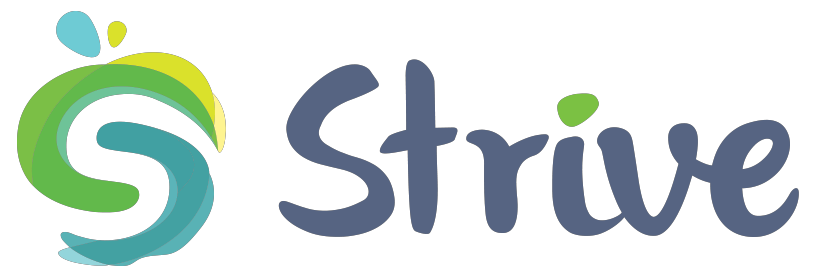RETHINKING DEVELOPMENTAL SCREENING IN EARLY CHILDHOOD EDUCATION
Many of us can recall using the Look-See Checklist (formerly the Nipissing Developmental Screening Tool) during our studies or in practice. At one time, it served as a common resource in early years programs. Educators used it to start conversations with families, resource consultants, or directors when a child seemed to need extra support. Then for some centres they became required and educators' days were consumed with checking boxes. Thankfully, our critical thinking community spoke up and asked us to pause and really think about looking at children through solely a developmental lens. But recently, we have been seeing these “tools” creeping back into programs and conversations.
So are tools like these more helpful or more harmful? Let’s explore.
The Problem with Screening Tools
Children are not boxes to be ticked off. They are complex, unique, and developing at their own pace. We all know this, even outside of the classroom—babies don’t all crawl, walk, or talk at the exact same time. So why do we hold children to rigid benchmarks through standardized developmental screenings?
When we reduce a child to a list of “yes” or “no” milestones, we risk overlooking the bigger picture: their lived experiences, cultural background, and day-to-day realities. Did they sleep well last night? Do they have access to food? Do they have a supportive grown-up to lean on? These are factors that profoundly impact development—none of which appear on a checklist.
A DEIB Lens
Approaching children through a diversity, equity, inclusion, and belonging (DEIB) lens makes it clear why standardized screening can be problematic. Developmental checklists do not account for systemic inequities.
As Burman (2016) and others remind us, “In disrupting the powerful grip of developmentalism in ECEC, one of our goals is to contribute to the undoing of racism, classism, ableism, and heteropatriarchy” (SAGE Journal).
In other words: these tools often reflect narrow, dominant cultural norms and risk reinforcing bias. Culturally responsive care cannot be standardized.
The “Kindergarten Readiness” Parallel
This conversation is closely tied to the growing push for “kindergarten readiness.” Kristen Day, author of “I'm Not Getting Them Ready for Kindergarten: Breaking Tradition in Early Childhood Education” and others have pointed out that children are not meant to be “ready-made” students. They are, first and foremost, children.
Our job as educators is not to rush children into meeting benchmarks, but to create environments that nurture their growth, curiosity, and joy—wherever they are developmentally.
What About Parents Who Ask for Screening?
Families don’t always have the same background knowledge as educators, so it’s understandable that they might want a clear, tangible way to measure development. That’s where our role shifts to critical conversation.
Instead of handing over a checklist, we can:
Talk with families about what development looks like in diverse ways.
Refer them to supportive programs like EarlyON/Family Centres or healthcare professionals who can provide reassurance.Emphasize that no two children follow the same path—and that’s not only okay, but expected.
A Balanced Approach
Does this mean developmental tools should be thrown out entirely? Not necessarily. There may be moments when they are helpful—as long as they are used cautiously, and ideally under the guidance of a resource consultant or healthcare professional.
But they should not be universally implemented or treated as the gold standard. Children deserve to be seen as whole beings, not measured against a one-size-fits-all list.
Resources
Checklists may have once had their place, but our understanding of early childhood education has grown. Children are more than milestones. When we shift away from standardized developmentalism and toward culturally responsive, equity-driven practices, we begin to build systems that truly see, value, and nurture every child.
For further reading, see:
Share your thoughts on this topic in the comments below to keep this important conversation going!
